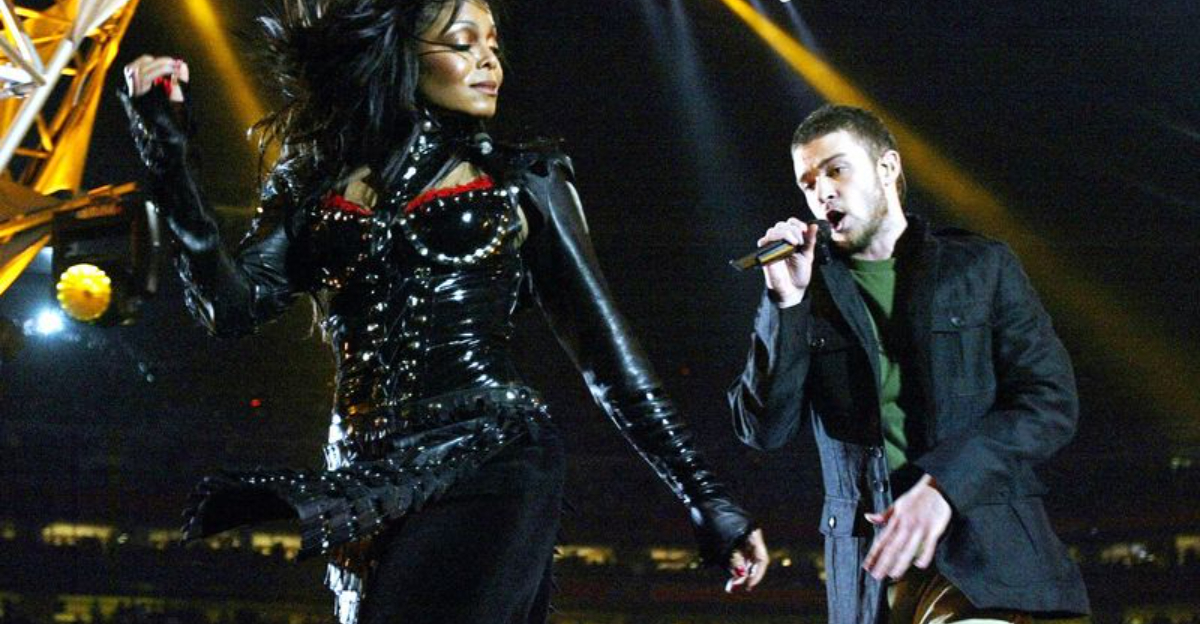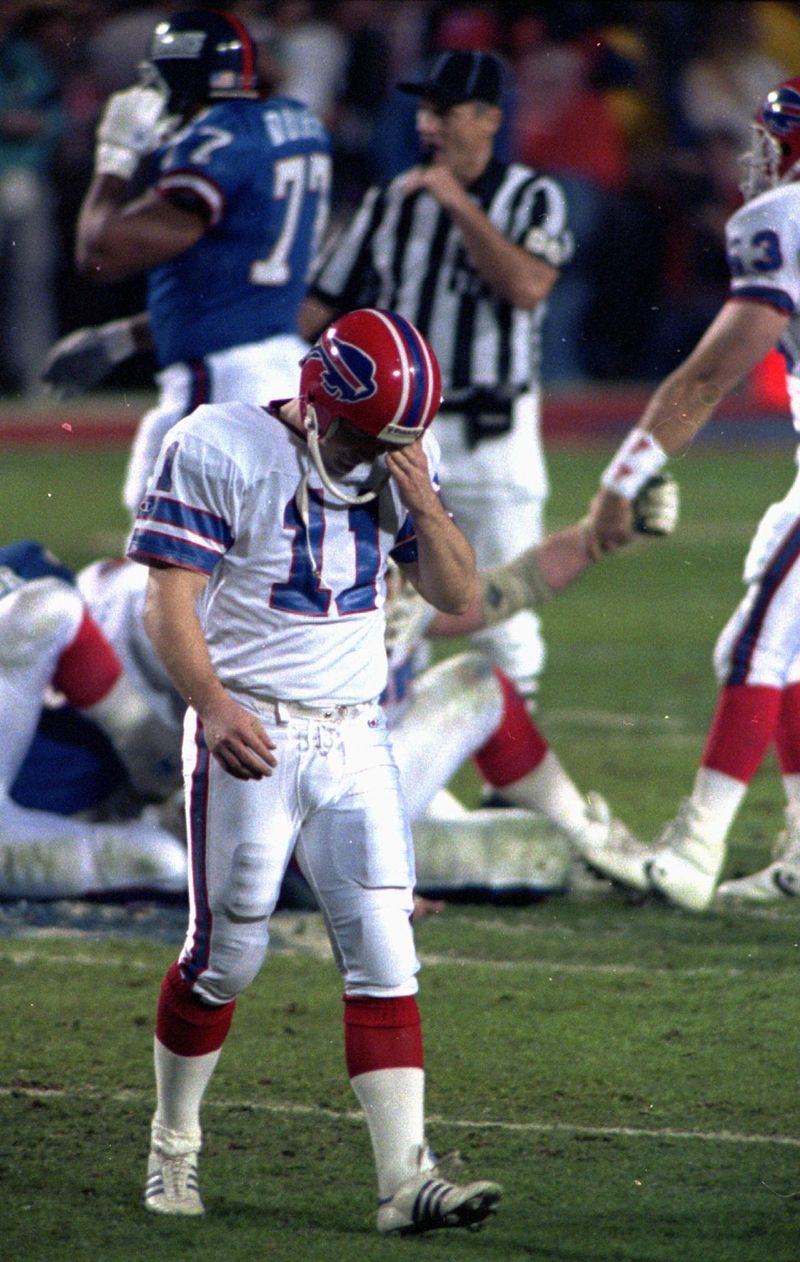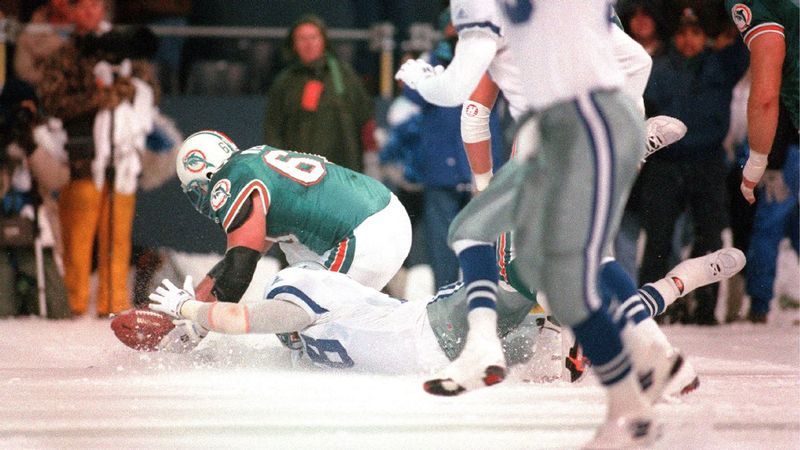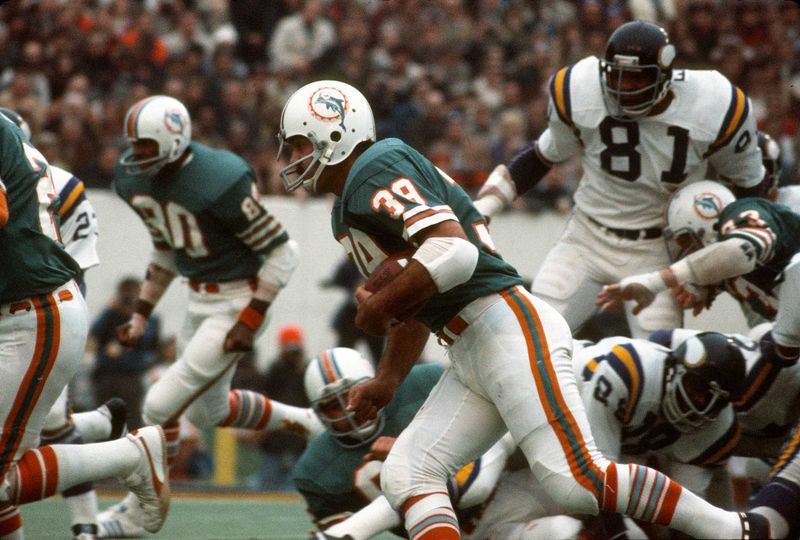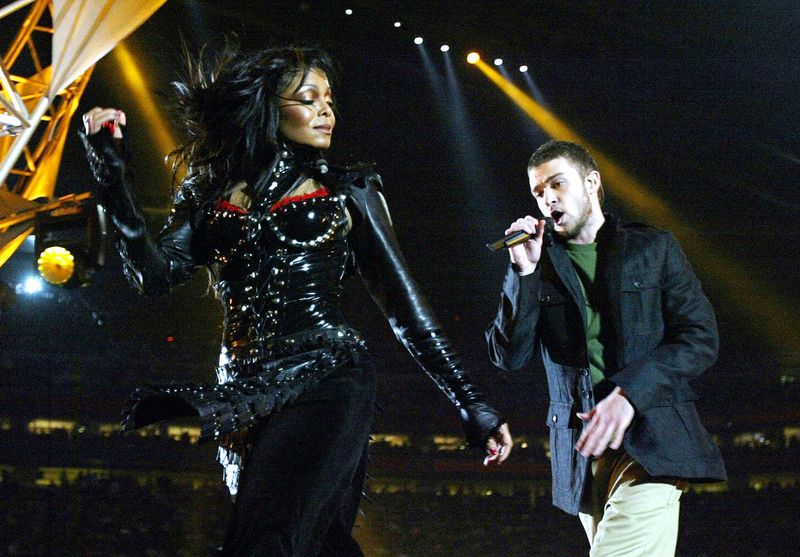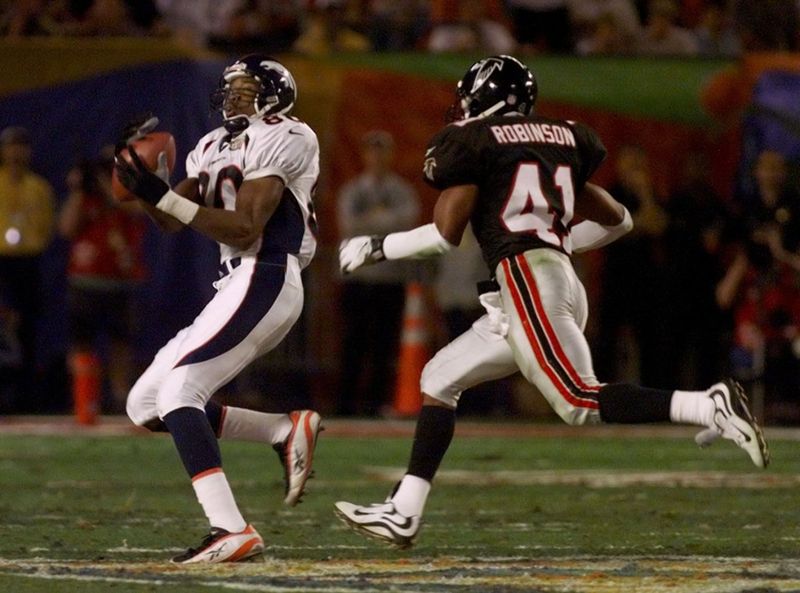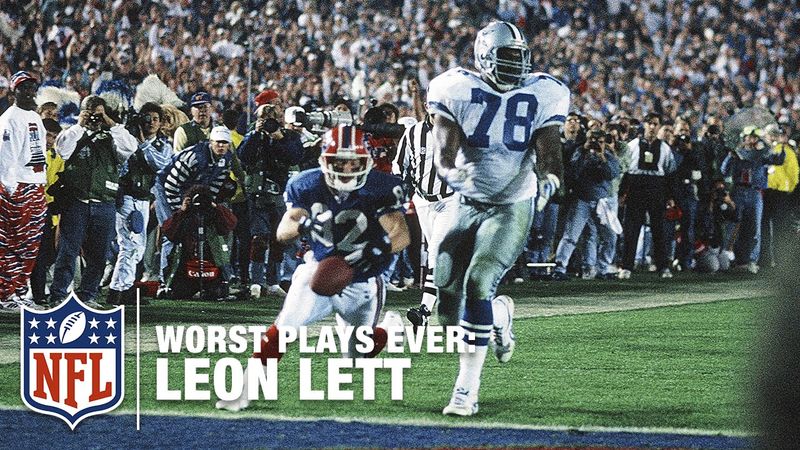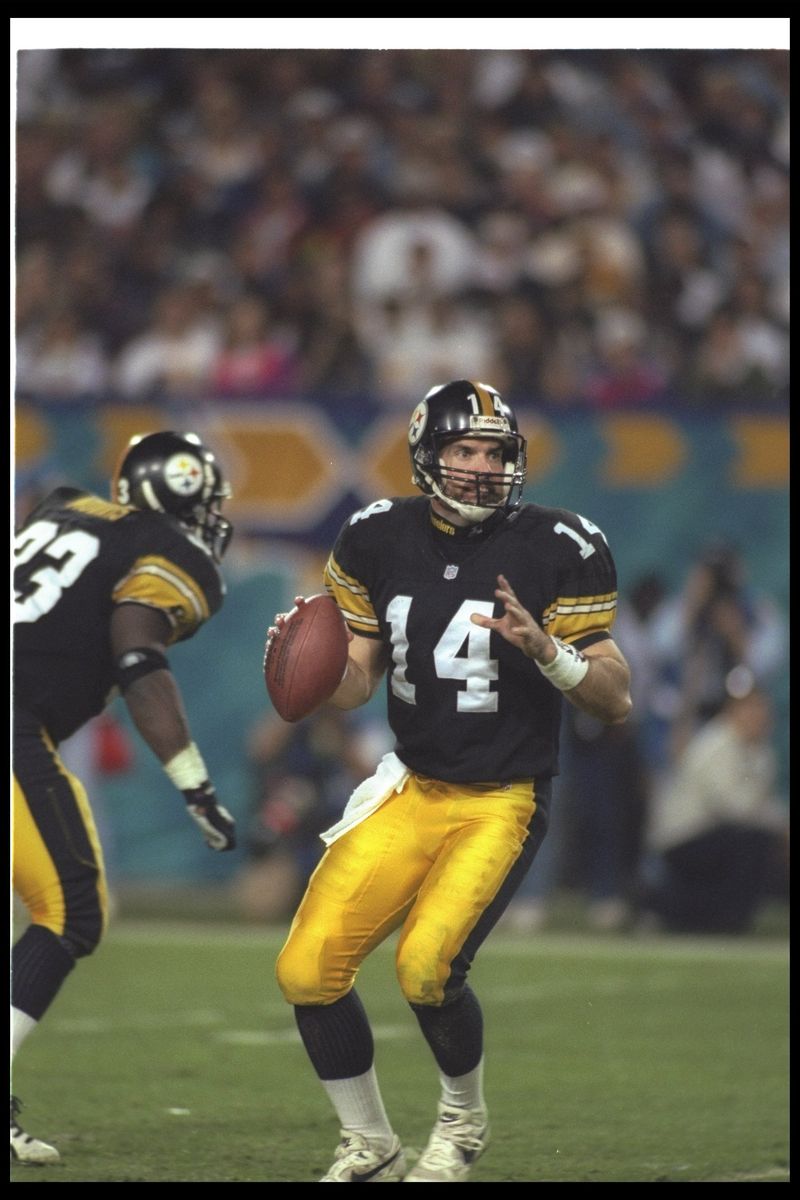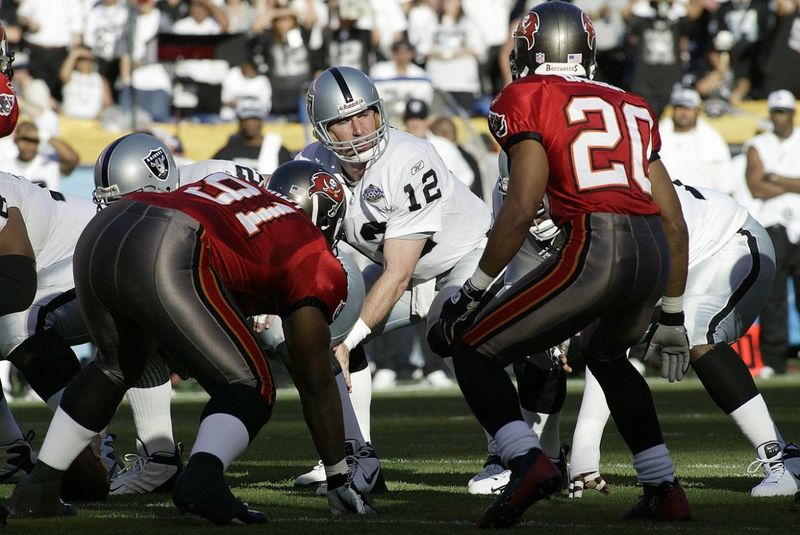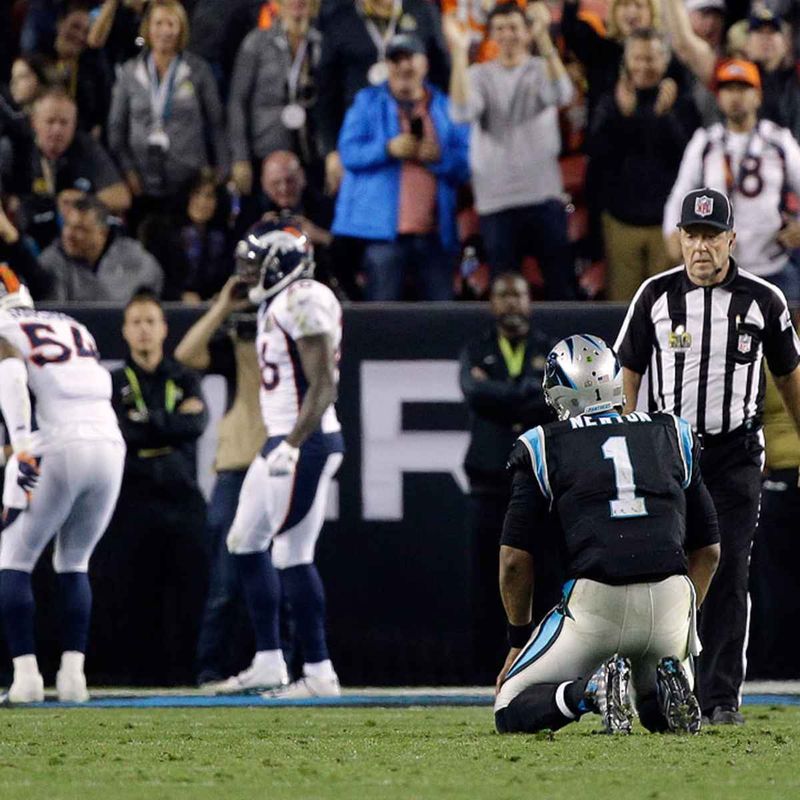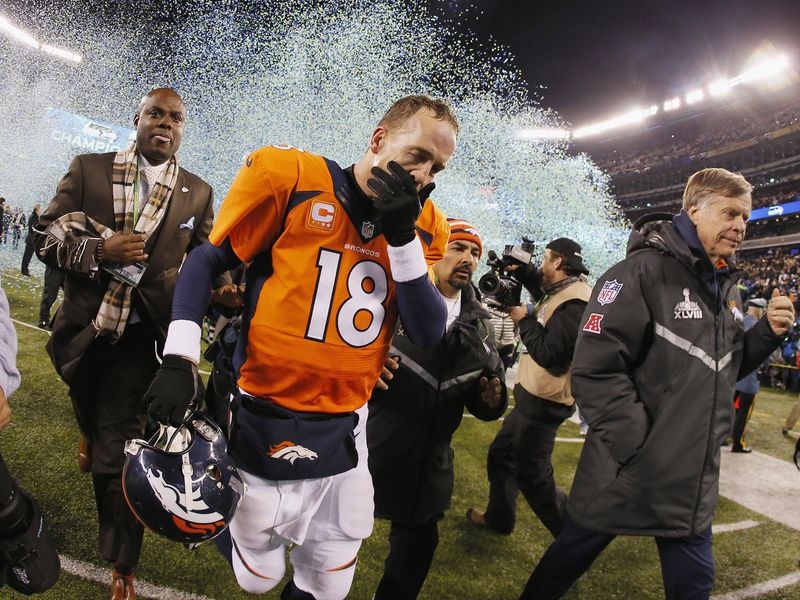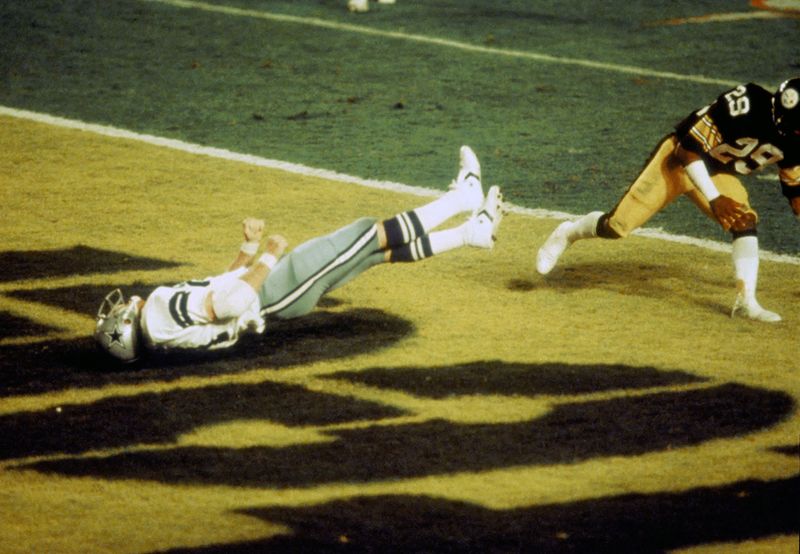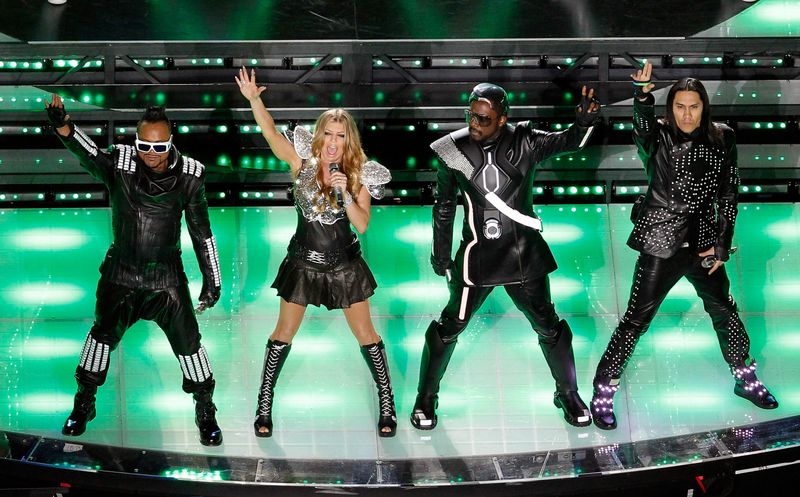The Super Bowl is not only about glorious victories and celebrated triumphs; it also holds a treasure trove of unforgettable disasters and mishaps.
These moments, often embarrassing and sometimes downright shocking, have left their mark on the event’s illustrious history.
From crucial game-ruining mistakes to unexpected off-field incidents, these 12 disasters are forever etched in the memories of fans who witnessed them unfold.
1. Wide Right – Scott Norwood’s Missed Field Goal (Super Bowl XXV, 1991)
In the 1991 Super Bowl XXV, Scott Norwood faced a critical moment under immense pressure. With just seconds left on the clock and the Buffalo Bills trailing the New York Giants by one point, Norwood lined up for a 47-yard field goal.
The fans held their breath, but the ball sailed wide right, missing the posts. This miss cemented itself as one of the most infamous plays in Super Bowl history.
Norwood, then 31, became synonymous with the phrase “wide right,” as the Bills missed their chance for victory. The moment was heart-wrenching for Bills fans, symbolizing unrealized dreams and lingering what-ifs.
2. Leon Lett’s Premature Celebration (Super Bowl XXVII, 1993)
During Super Bowl XXVII in 1993, Leon Lett nearly had a dream play with the Dallas Cowboys leading comfortably against the Buffalo Bills. Lett, a defensive tackle, recovered a fumble and ran towards the end zone, a touchdown seemingly inevitable.
But as he reached the goal line, he began to celebrate too early. Out of nowhere, Don Beebe of the Bills sprinted in and knocked the ball out of Lett’s hand before he scored.
This blunder, though not affecting the final outcome, became a cautionary tale about overconfidence. Lett’s premature celebration is humorously remembered but served as a valuable lesson for athletes.
3. Garo Yepremian’s Botched Field Goal Attempt (Super Bowl VII, 1973)
In Super Bowl VII, Garo Yepremian of the Miami Dolphins experienced a nightmare on the field. With the Dolphins’ perfect season on the line, Yepremian’s field goal attempt was blocked. In an attempt to salvage the play, he picked up the ball and tried to pass it.
The ball slipped from his hands, landing in the grasp of a Washington player, who promptly scored a touchdown. Yepremian’s misadventure became one of the most ridiculed moments in Super Bowl lore.
Despite this, the Dolphins still triumphed, preserving their undefeated season. Yet, this incident remains an emblematic blooper in football history.
4. Janet Jackson’s Wardrobe Malfunction (Super Bowl XXXVIII, 2004)
The 2004 Super Bowl XXXVIII halftime show is notorious, not for its music, but for a wardrobe malfunction. Janet Jackson and Justin Timberlake were performing when a final move led to Jackson’s costume revealing more than intended.
This incident, viewed by millions, sparked widespread media frenzy and controversy, coining the term “wardrobe malfunction.” The moment had far-reaching implications, leading to increased broadcasting regulations and a focus on live performance protocols.
Although it lasted only seconds, the impact of Jackson’s mishap was profound, forever altering the landscape of live televised events.
5. Eugene Robinson’s Arrest the Night Before the Game (Super Bowl XXXIII, 1999)
The night before Super Bowl XXXIII in 1999, Eugene Robinson of the Atlanta Falcons was arrested for solicitation. Just hours earlier, he had received an award for high moral character. This unexpected turn of events shocked his team and fans alike.
Robinson played in the Super Bowl the following day, but his performance was overshadowed by criticism and distraction. The incident was a stark reminder of how off-field actions can impact on-field performance.
It highlighted the fine line athletes walk between personal conduct and professional responsibilities, leaving a tainted memory in the annals of Super Bowl history.
6. Don Beebe Chasing Down Leon Lett (Super Bowl XXVII, 1993)
Super Bowl XXVII saw a remarkable display of determination by Don Beebe. As the Buffalo Bills faced a crushing defeat by the Dallas Cowboys, Beebe made a defining play.
Leon Lett was yards from scoring after recovering a fumble. Beebe, however, sprinted across the field and knocked the ball loose just before Lett reached the end zone.
Although the Bills lost the game, Beebe’s refusal to give up became legendary, symbolizing relentless effort in the face of adversity. His pursuit of Lett was a testament to sportsmanship and tenacity, earning admiration from fans and players alike.
7. Chris Calloway’s Crucial Drop (Super Bowl XXXV, 2001)
In Super Bowl XXXV, the New York Giants faced the Baltimore Ravens. Chris Calloway had a chance to change the game’s momentum. During a crucial play, as the Giants tried to mount a comeback, Calloway dropped a pass that could have been pivotal.
This drop, occurring under the glaring lights of Super Bowl pressure, was a turning point. The Giants struggled to recover, and the Ravens maintained control, eventually winning decisively.
Calloway’s missed opportunity is often cited in discussions about handling pressure and seizing critical moments, exemplifying how fleeting opportunities can define sports legacy.
8. Rich Gannon’s Five Interceptions (Super Bowl XXXVII, 2003)
Super Bowl XXXVII was a nightmare for Rich Gannon of the Oakland Raiders. Facing the Tampa Bay Buccaneers, Gannon threw five interceptions. The Buccaneers’ defense capitalized on these errors, converting many into decisive points.
Gannon’s performance became a textbook example of how turnovers can derail a game. Despite a stellar career, this game overshadowed his accomplishments.
The interceptions were a testament to the Buccaneers’ defensive prowess and highlighted the unforgiving nature of Super Bowl competition. For Gannon, it was a harsh reminder of how quickly fortunes can change in the NFL’s biggest game.
9. Cam Newton’s Fumble and No-Dive Controversy (Super Bowl 50, 2016)
In Super Bowl 50, Cam Newton of the Carolina Panthers faced a pivotal moment against the Denver Broncos. Late in the game, Newton fumbled the football during a crucial drive. What followed became a hotly debated topic as he appeared hesitant to dive for the loose ball.
The Broncos recovered, sealing their victory. This hesitation was scrutinized heavily, questioning Newton’s commitment. It sparked debates about risk-taking and leadership in high-stakes moments.
Newton’s performance, marked by this fumble, became a defining moment in his career, illustrating the intense pressure and scrutiny faced by quarterbacks on football’s biggest stage.
10. Snap Over Peyton Manning’s Head to Start the Game (Super Bowl XLVIII, 2014)
Super Bowl XLVIII began disastrously for Peyton Manning and the Denver Broncos. On the very first play, a high snap sailed over Manning’s head, leading to a safety and an early lead for the Seattle Seahawks.
This miscue set the tone for a challenging game for the Broncos, who struggled to recover from the early setback. The Seahawks capitalized, dominating the game.
Manning’s surprised expression became an iconic image of the Super Bowl, symbolizing how unexpected blunders can unravel game plans. It was a stark reminder of the importance of execution from the opening whistle.
11. Jackie Smith’s Infamous Dropped Pass (Super Bowl XIII, 1979)
In Super Bowl XIII, Jackie Smith of the Dallas Cowboys endured a moment that forever impacted his legacy. Near the end zone, Smith dropped a pass that would have likely resulted in a touchdown against the Pittsburgh Steelers.
This drop became one of the most talked-about plays, emblematic of missed opportunities. The Cowboys lost by four points, with many attributing the loss to this moment.
For Smith, it was a heartbreaking chapter in an otherwise stellar career. His dropped pass remains a cautionary tale about focus and execution, reminding fans of the thin margin between triumph and regret.
12. Black Eyed Peas’ Disastrous Halftime Show (Super Bowl XLV, 2011)
The halftime show of Super Bowl XLV featured the Black Eyed Peas, promising an energetic performance. However, technical glitches and sound issues marred the show, leading to widespread criticism.
Viewers noted poor audio quality and awkward choreography, detracting from the spectacle. The performance, intended to captivate millions, instead became a lesson in the challenges of live entertainment.
Despite the band’s popularity, this halftime show is remembered as one of the less successful, illustrating the high expectations and potential pitfalls of performing at the Super Bowl. It remains a reference point for how execution can make or break a live event.
